Types of Kitchen Blinds
1. Roller Blinds: Roller blinds are a popular choice for kitchens due to their simplicity and ease of maintenance. They consist of a single piece of fabric that rolls up and down using a mechanism. Roller blinds are available in various materials, including moisture-resistant options and easy-to-clean fabrics. They can be fitted with blackout or light-filtering materials, depending on the level of light control desired. Roller blinds offer a clean and modern look, making them a versatile choice for kitchen windows.
2. Venetian Blinds: Venetian blinds feature horizontal slats made from materials such as aluminum, wood, or PVC. The slats can be tilted to control light and privacy, making them highly adjustable. Aluminum Venetian blinds, in particular, are ideal for kitchens as they are durable, moisture-resistant, and easy to wipe clean. These blinds offer a classic appearance and are available in a range of finishes and colors to match various kitchen styles.
3. Vertical Blinds: Vertical blinds consist of vertical slats that can be rotated or drawn to one side. They are especially useful for large windows or sliding doors in kitchens. Made from materials like fabric, vinyl, or aluminum, vertical blinds are practical for managing light and privacy. They can be easily cleaned and are available in different patterns and colors, allowing homeowners to add a decorative touch to their kitchen while maintaining functionality.
4. Pleated Blinds: Pleated blinds, also known as plissé blinds, are made from a single piece of fabric that is folded into pleats. When drawn up, the pleats gather neatly at the top, providing a compact and stylish appearance. Pleated blinds are available in various materials, including heat-resistant and moisture-resistant options. They offer a soft, textured look that can enhance the kitchen’s décor while providing effective light control.
5. Roman Blinds: Roman blinds offer a more traditional and elegant look, with fabric that folds into soft pleats when raised. They can be lined for additional insulation and light control. In the kitchen, Roman blinds made from durable and washable fabrics are ideal for maintaining both style and practicality. They add a touch of sophistication to the kitchen while providing flexible light and privacy options.
Benefits of Kitchen Blinds
- Light Control: Kitchen blinds allow for precise control over natural light, which is essential for tasks such as cooking and food preparation. Depending on the type of blind, homeowners can easily adjust the level of light entering the kitchen, from full brightness to partial shading.
- Privacy: Blinds provide privacy by blocking the view from outside, which is especially important for ground-floor kitchens or those with windows facing public areas. They allow homeowners to enjoy their kitchen activities without compromising on privacy.
- Aesthetics: With a wide range of styles, colors, and materials, kitchen blinds can enhance the overall décor of the kitchen. They can complement various design themes, from modern and minimalist to traditional and rustic, adding texture and visual interest to the space.
- Durability and Maintenance: Kitchen blinds are available in materials that are resistant to moisture, heat, and stains. This makes them easy to clean and maintain, ensuring they remain in good condition despite the demands of a kitchen environment.
Conclusion
Kitchen blinds are a vital component in creating a functional and attractive kitchen space. They offer a range of benefits, including effective light control, privacy, and aesthetic enhancement. With various options available—such as roller, Venetian, vertical, pleated, and Roman blinds—homeowners can select the ideal style and material to suit their kitchen’s needs and design preferences. By considering factors such as durability, ease of maintenance, and visual appeal, choosing the right blinds can significantly improve both the functionality and look of the kitchen.

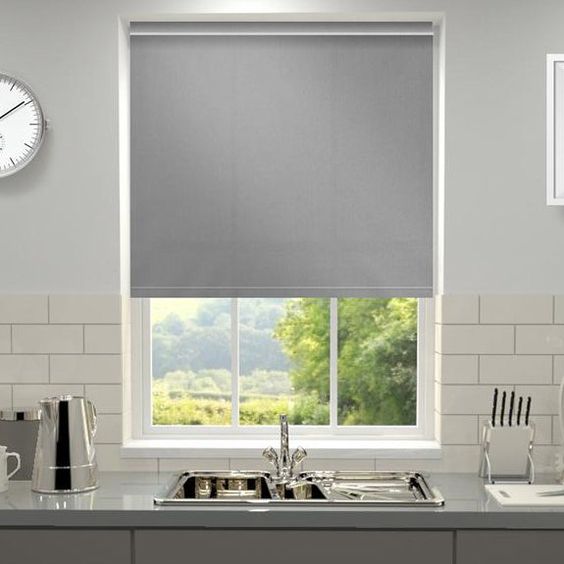
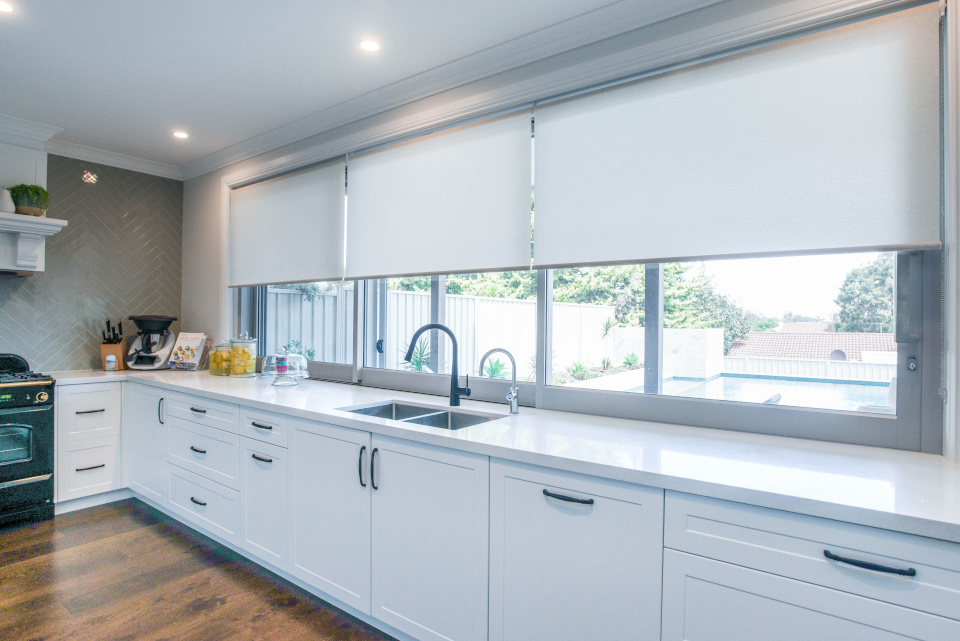
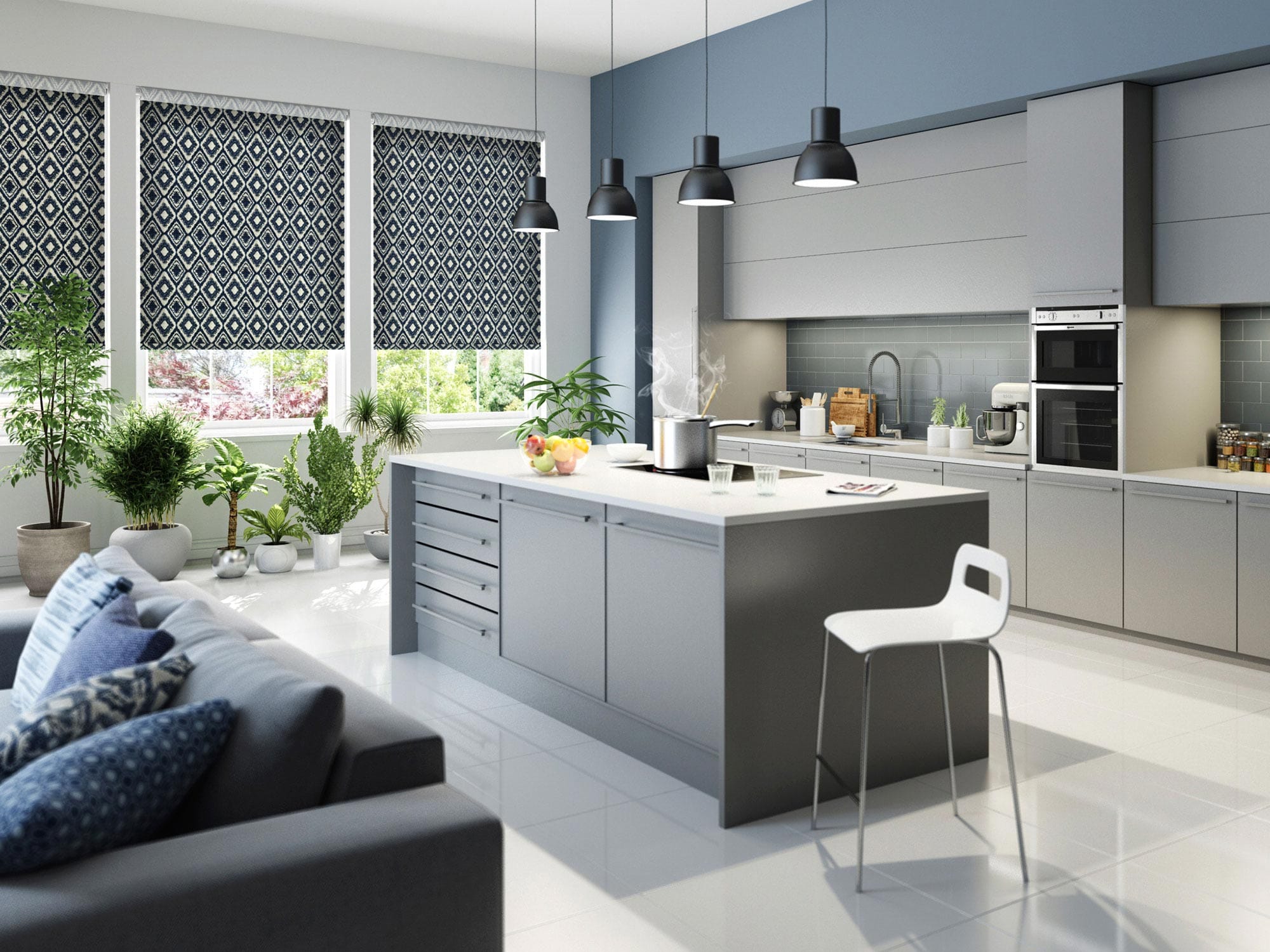
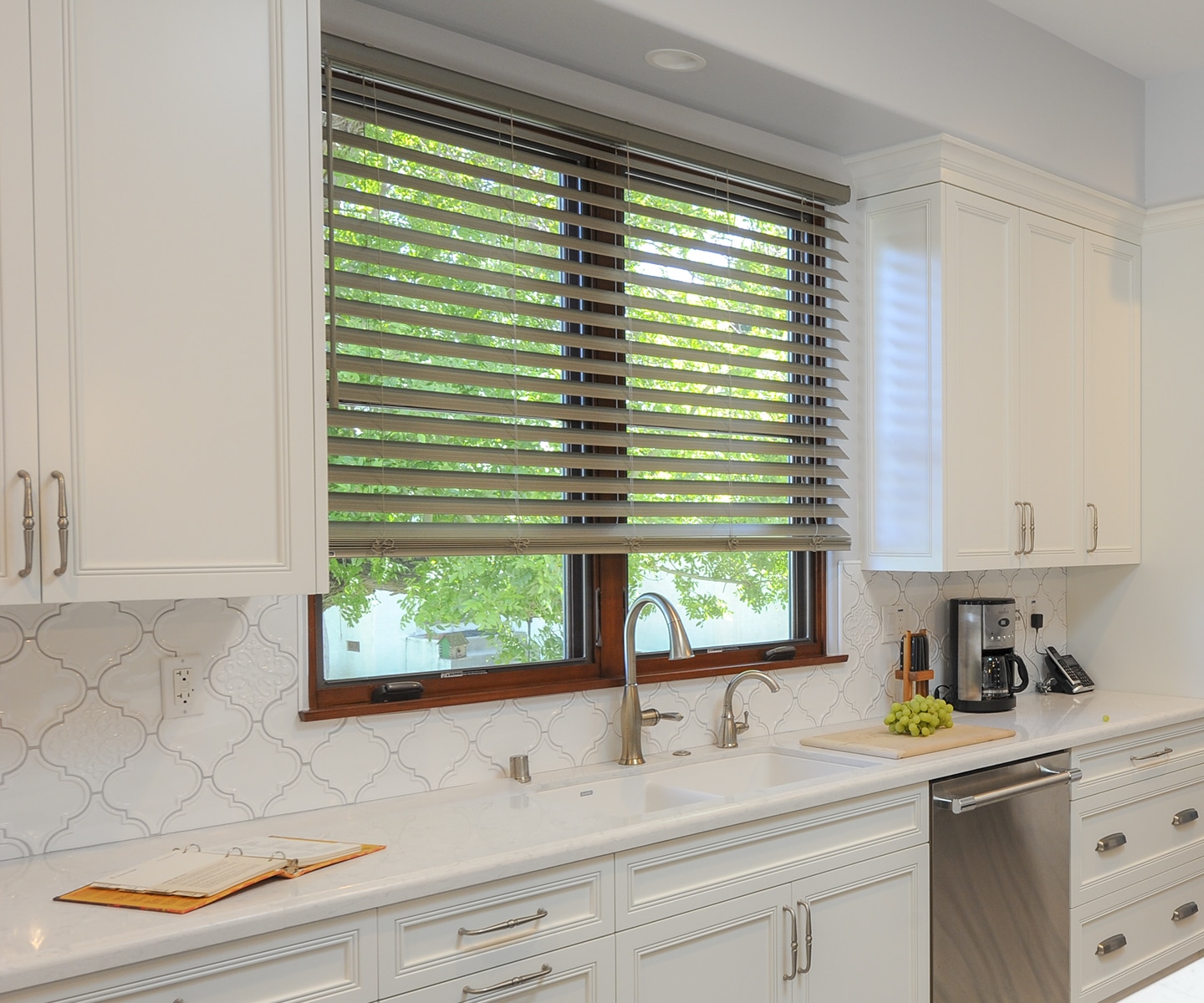

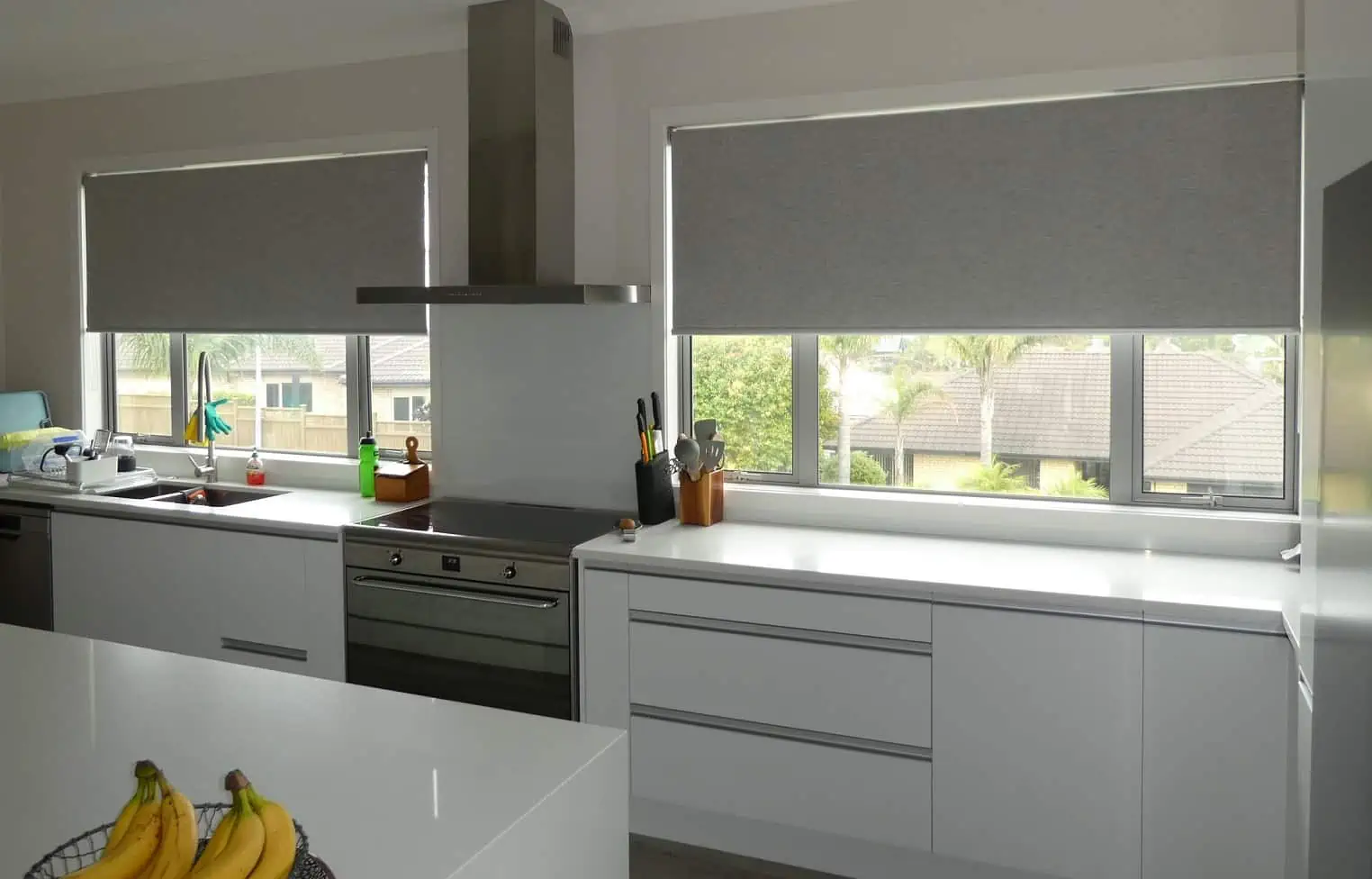
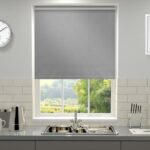
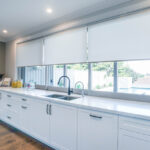
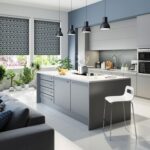
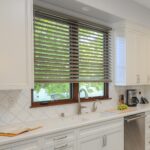
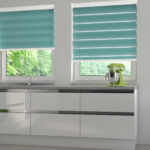
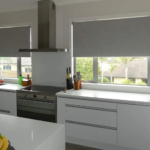


Reviews
There are no reviews yet.